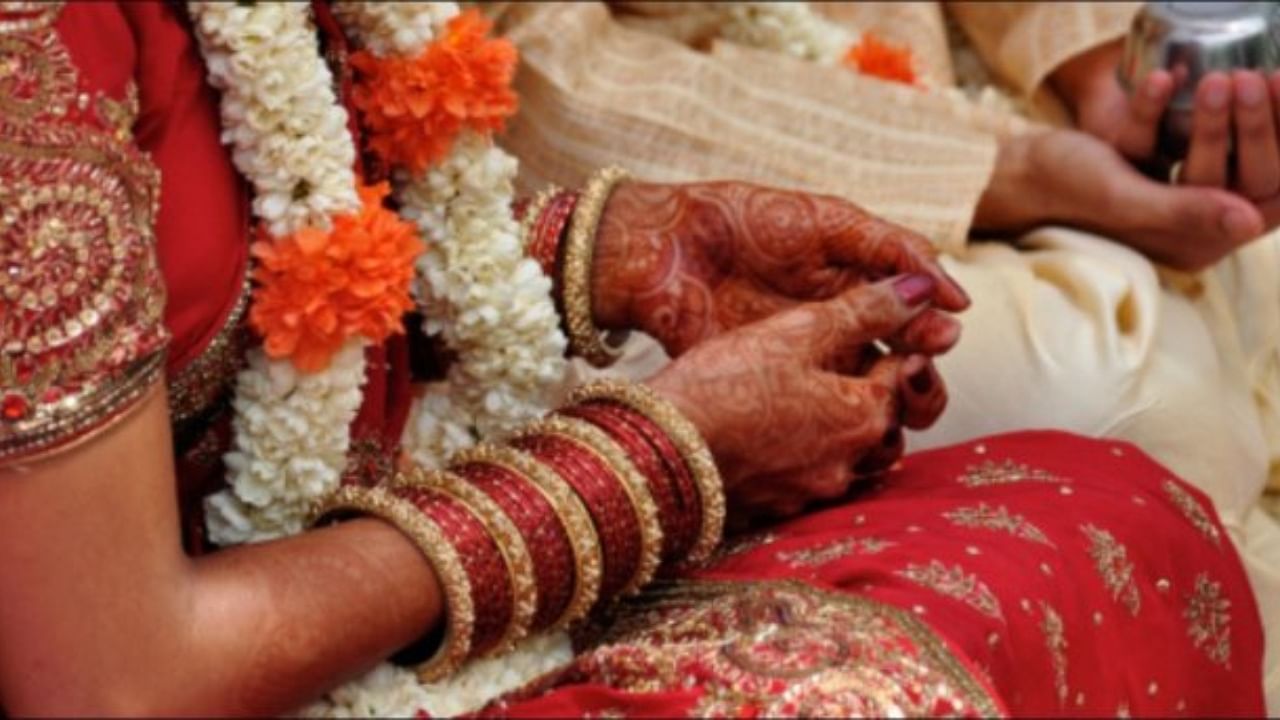
It is through constant engagement with community members and adolescent groups on both sides of the gender divide has immensely helped in increasing public awareness of child marriage and has led to averting many such cases in several districts of Maharashtra, claims Child Rights and You (CRY), a leading Indian NGO working with children.
The main reason for rising occurrences of child marriage is mainly due to extreme poverty, coupled with forced migration in search of livelihoods which increased manifold during Covid times, educational backwardness and social traditions and norms within the community to get daughters married off before they attain puberty. Young girls are often seen as a financial burden, and parents see child marriage as a way out of the poverty cycle. Added to that, there have been many instances of adolescents going out for work, having affairs and eloping to live together.
According to some of the village Panchayat members, the fact that child marriages often don’t get officially registered, implying that the implementation and enforcement mechanisms under the Prohibition of Child Marriage Act is weak in some of the districts.
Non-functioning of The Village Child Protection Committees (VCPCs) was also found to be a big reason for increase in child marriages. In many villages, the VCPC had no Chairperson for almost eight months (since Gram Panchayat elections are overdue, administrators are currently looking after the work of Gram Panchayats on a temporary basis).
Kreeanne Rabadi, Regional Director, CRY - West believes that while the new state rules introduced by the Maharashtra government to curb child marriages are a welcome step, there also needs to be continuous reporting and correspondence on sharing of information on the situation of child marriages and child protection between villages, talukas and district level systems.
“We need to develop advanced gender training modules for peer leaders and adolescents as well as ensure implementation of life skills programs for both boys and girls between 10 to 18 years,” she said.